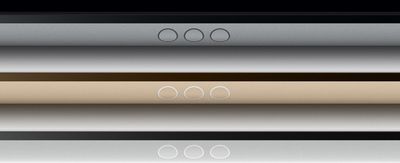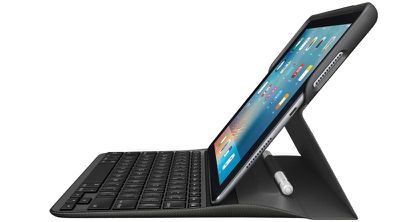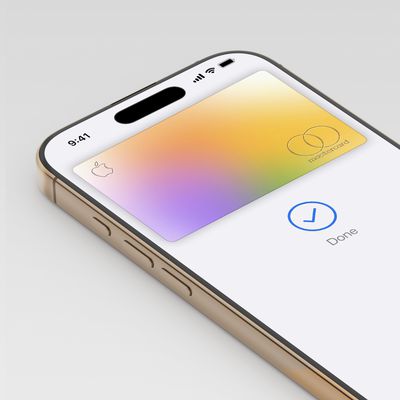Fast Company published a report this week exploring why third-party accessories that make use of Apple's Smart Connector remain few and far between, almost two years after the connector first debuted on the iPad Pro. The magnetic Smart Connector allows the iPad Pro to communicate with and power compatible accessories, like the company's own Smart Keyboard, without the hassle of wires.
The first supporting third-party accessory, Logitech's Create Smart Connector keyboard, launched the same day as the iPad Pro in late 2015, shortly followed by the Logitech charging base, and more recently a Logitech keyboard for the 10.5-inch iPad Pro. However, this close partnership between Apple and Logitech is one of the reasons for the dearth of Smart Connector accessories from competing vendors, according to the report.

"With an iPad Pro keyboard on the market already, we are evaluating the market's appetite for another iPad Pro keyboard and identifying if there are any gaps that we can fill," a spokeswoman for Incipio told Fast Company. "So we are developing with having a point of difference in mind rather than developing to be quick to market."
Other issues are said to relate to procuring Smart Connector components, with manufacturers reporting longer lead times compared to other accessories, making them time- and cost-prohibitive. "For a business like us, we've got a very rapid product development cycle," said one vendor source, who asked to remain anonymous. "When you've got a long lead time component that's close to six months, that's just not tenable."

Meanwhile, some accessory makers simply preferred Bluetooth as a better fit, especially for iPad keyboards, with more room for maneuver in terms of accessory design. For instance, the Smart Connector only works with keyboards in landscape mode, whereas some users prefer to type in portrait orientation. The issue of Bluetooth battery life has also been minimized, with smaller batteries now lasting for months rather than weeks.
There are only four Smart Connector accessories currently on the market – three offered by Logitech, one by Apple. Fast Company was told by Apple that multiple companies are now developing Smart Connector accessories, but going on this report, iPad Pro owners looking to further exploit the potential of Apple's proprietary connector could be in for some wait yet.
























Top Rated Comments
Looking ahead, though, the real advantage for the Smart Connector isn’t just the hassle-free, powered connection, but the possibilities it could open up for the iPad as a whole. Imagine, for instance, a keyboard that could charge the iPad through a built-in battery, or one with extra storage that integrated with Apple’s new Files app in iOS 11. Perhaps there’s even room for more kinds of input devices, such as a MIDI keyboard dock that didn’t require toting around an extra Lightning cable and stand.
The Smart Connector is still full of potential. Now peripheral makers just have to realize it.
Smart Connector has advantages over the Lightning port, and Lightning port has advantages over Smart Connector. Lightning is a far more versatile interface, delivering higher data transfer rates, among other things. Smart Connector's advantages are primarily mechanical. Bluetooth also has its advantages and disadvantages. There is still no one-size-fits-all solution for connectivity.
As someone who has a Smart Keyboard, I appreciate the strong, magnetic/mechanical bond between the keyboard and device, and that an accidental separation of the keyboard from the iPad will not put stress on a connector/port. You can essentially rip that keyboard from the iPad with no risk of harm to the iPad and minimal risk to the keyboard/cover.
Sure, that strong, magnetic bond could also be used by a Bluetooth keyboard, but as someone who's been through a variety of accessory keyboards for both iPhone and iPad, Smart Keyboard is by far the easiest to use - no batteries to replace/charge, no pairing. I can keep typing for as long as the iPad has power, and the iPad's Lightning port is free so that I can charge the iPad while I work.
I don't think Apple ever expected to see a large number of Smart Connector-based products. It wasn't created to generate oodles of licensing revenues from the likes of Logitech, or a standard that would be adopted industry-wide. It would be successful so long as Apple could sell a reasonable number of Smart Keyboards, and if the keyboard would be a viable selling point for iPad Pro. Since "physical keyboard" is one of the top requirements for "laptop replacement," a well-executed accessory keyboard was a necessity. I think they did a fine job.
Thunderbolt is absolutely taking off. That it uses the USB C connector makes it even more brilliant.